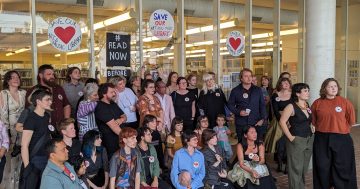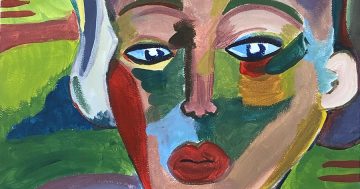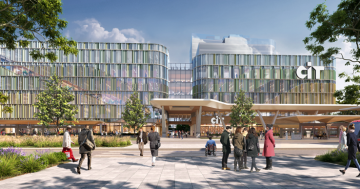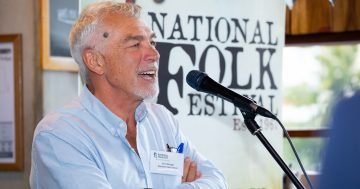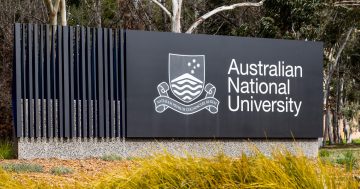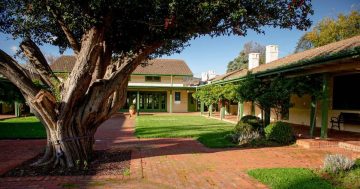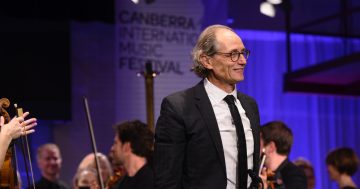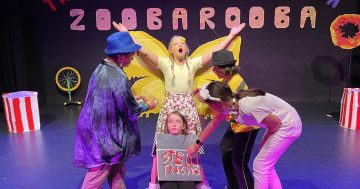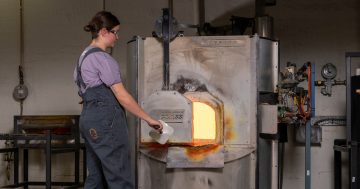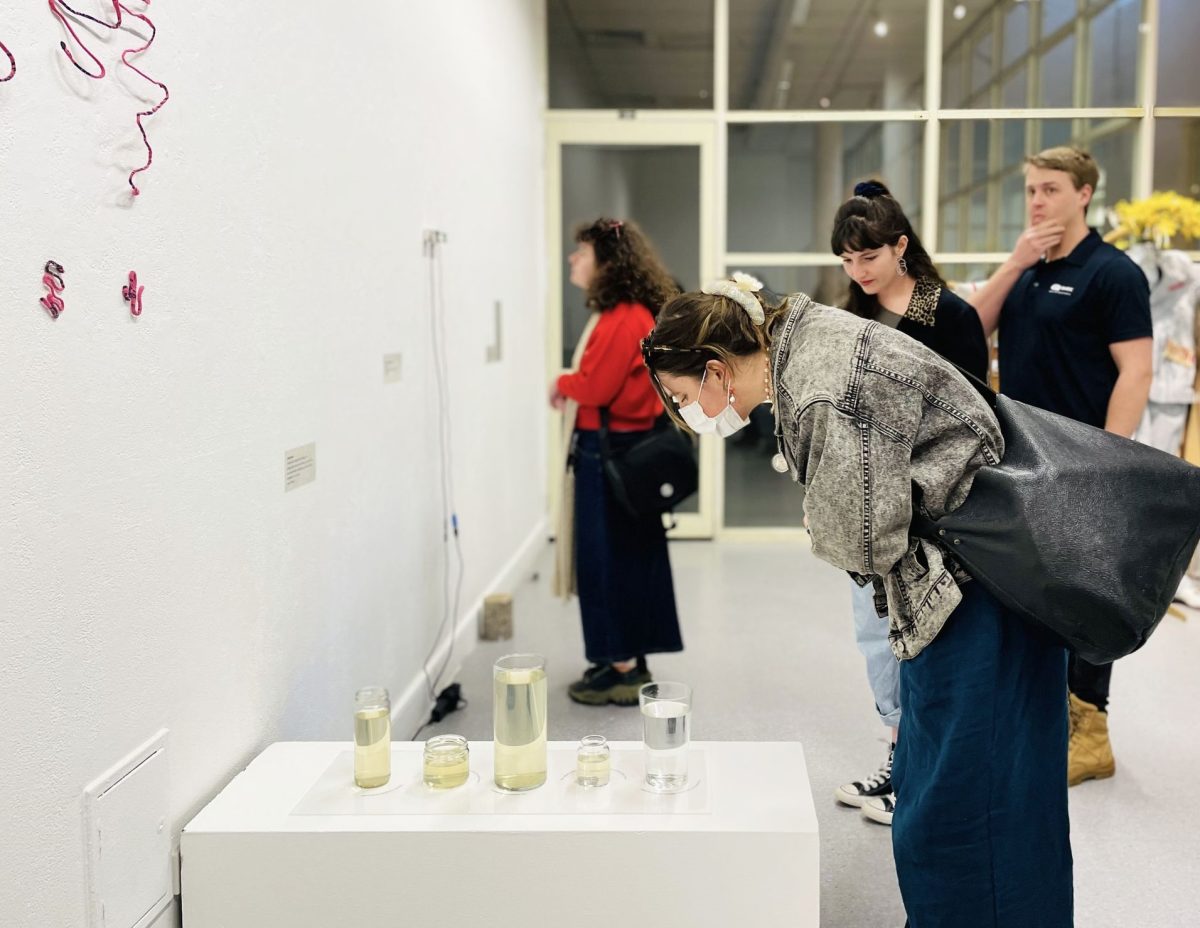
The Sharing Stories Art Exchange encourages cultural sharing and artistic creation. Photo: Neha Attre / ANU School of Art and Design Facebook.
Canberrans will be given more opportunities to access music and visual arts programs as part of a funding arrangement between the ANU and the ACT Government.
More than $2 million will be split between the ANU School of Music and the ANU School of Art and Design over three years to help community members develop their artistic skills.
It equates to $559,053 per annum for the music school and $120,000 per annum for art and design programs.
The School of Music’s Open School of Music program has been rebranded as the ANU Community Music Centre, which a university spokesperson said was about better reflecting the nature of programs on offer.
“The Community Music Centre programs provide developing musicians with a supportive and nurturing social environment within which they can improve their technical and theoretical knowledge of music, interact and share their love of music with their peers, and rub shoulders with the world of professional music-making,” they said.
It’s hoped the program will provide more opportunities for adults, women, gender diverse individuals and other minority groups, and increase the visibility of Aboriginal and Torres Strait Islander music and musicians.
An increased focus will also be on accessibility for ACT communities that don’t have access to chances to create and make music.
The School of Art and Design will also continue to offer its Sharing Stories Arts Exchange and deliver the new Living City: People, Plants and Places program.
The Sharing Stories Arts Exchange allows the creative community experience on Country, to learn about cultural practices and develop relationships.
While the Living City: People, Plants and Places program has been designed to encourage accessible and inclusive art-based engagement with city spaces, focusing on topics such as climate change, urban biodiversity, wellbeing and conservation.
Arts, Culture and Creative Economy Minister Tara Cheyne said the ongoing funding would help increase participation in the arts.
“These programs provide access to high quality, inclusive arts programs that develop the artistic skills of participants including from diverse backgrounds and those who may experience barriers to getting involved in arts programs for a range of reasons,” she said.
“They strongly align with our Arts, Culture and Creative Policy, helping to increase the visibility of the arts in Canberra, and increasing opportunities for our artists, arts workers and arts organisations.”
Student advocates have welcomed the funding and have called on the university to give creatives the same level of commitment and support.
“[It can do so] by prioritising funding for courses, technical support and services for the students and staff of the Schools of Art and Music, who are among the current and future leaders of Canberra’s vibrant artistic community,” School of Art and Design student Sian Hardy said.
In particular, she said the university needed to commit to retaining the Art and Music Library, which the ANU shut with little warning at the start of December.
“Participants in programs such as Sharing Stories and the ANU Community Music Centre will be losing out on valuable research and reference materials without the retention of this specialised, accessible library collection,” she added.












